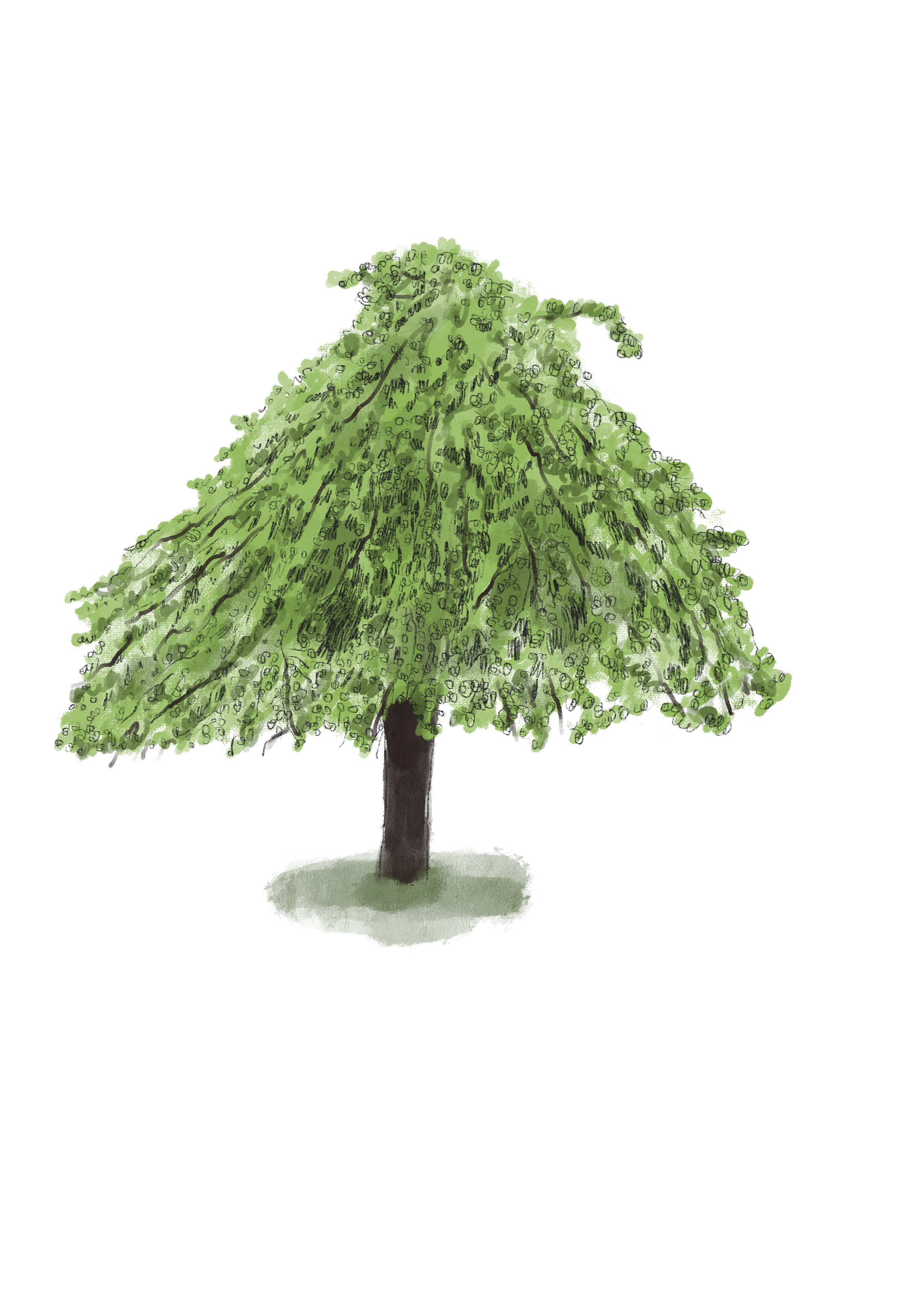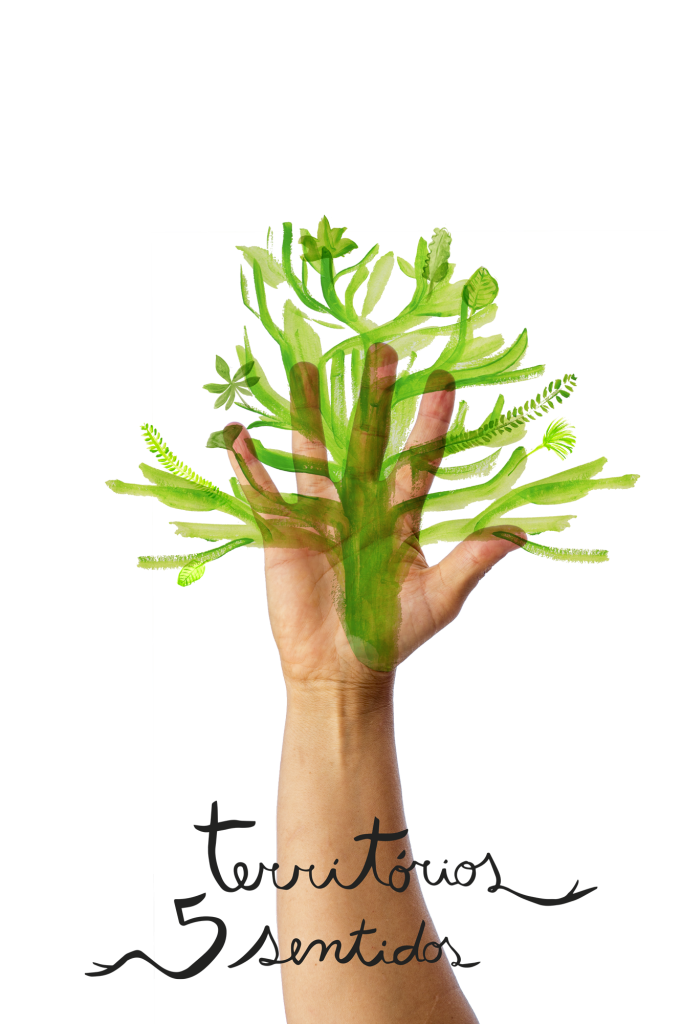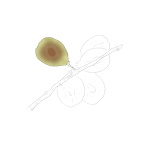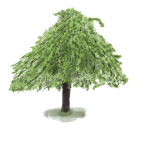

Elm
Ulmus glabra pendula
It is known among us also as “Azorean Hazel”, “Negrillo”, “Elm”, “Smooth-leaved Elm”, among others. It is native to Europe, North Africa, and South West Asia.
This is a deciduous tree with an ovoid, rounded or somewhat irregular canopy, which can reach a height of 20m and not infrequently 30m. It grows quickly and can live up to 600-800 years. It bursts easily from stumps and has a grey, cracked bark. Its leaves, simple, ovate, alternate, can measure 8.5 to 12 cm long by 6 cm wide; they are pointed with a toothed or serrated margin, with an asymmetrical base characteristic of the species. The inflorescences are dense cymes (type of inflorescence that resembles a glomerulus and ends in a flower) composed of pink-purple flowers that produce orbicular to ovate fruits (samaras) measuring 20×17 mm, with the seed in its upper third.
It is a mid-light species that prefers deep, fertile soils and can tolerate siliceous and calcareous soils. It is found along water lines, valley bottoms, and in mixed woodlands, and can reach an altitude of up to 1700 m. Resistant to seawater exposure and to pollution. It blooms between February and March; the fruits ripen between April and May. The root system is characterised by a primary root and strong lateral and very shallow roots.
Usage
The wood is “hard, but easy to work with”, it is mouldable after being wet; it was mainly used for the building and furniture industry, namely of flooring, tables, chairs, carts and carriages, among others; due to its properties (resistance to humidity, sturdiness, density, etc.) it was used in the manufacture of wagons, boats, and special projects (stairs, stakes to consolidate foundations, etc.), among others. The firewood of the elm is a great fuel.
The bark, from which flour was extracted, is used to treat diarrhoea, enteritis and eczema, scaly dermatoses and pruritus. The leaves, harvested at the end of summer, were used to feed livestock (especially ruminants and pigs) and for human consumption as soups and salads.
The species has been in steady decline worldwide, due to a fungal disease known as elm graffiosis (ceratocystis ulmi fungus), which has decimated many tree populations.
In mythology, elm trees are related to death, to the administration of justice, or both; it was the ancient Greeks who provided the first written records of the species.
Video
Video Botanical Trail
Município de Castanheira de Pera
Elm





